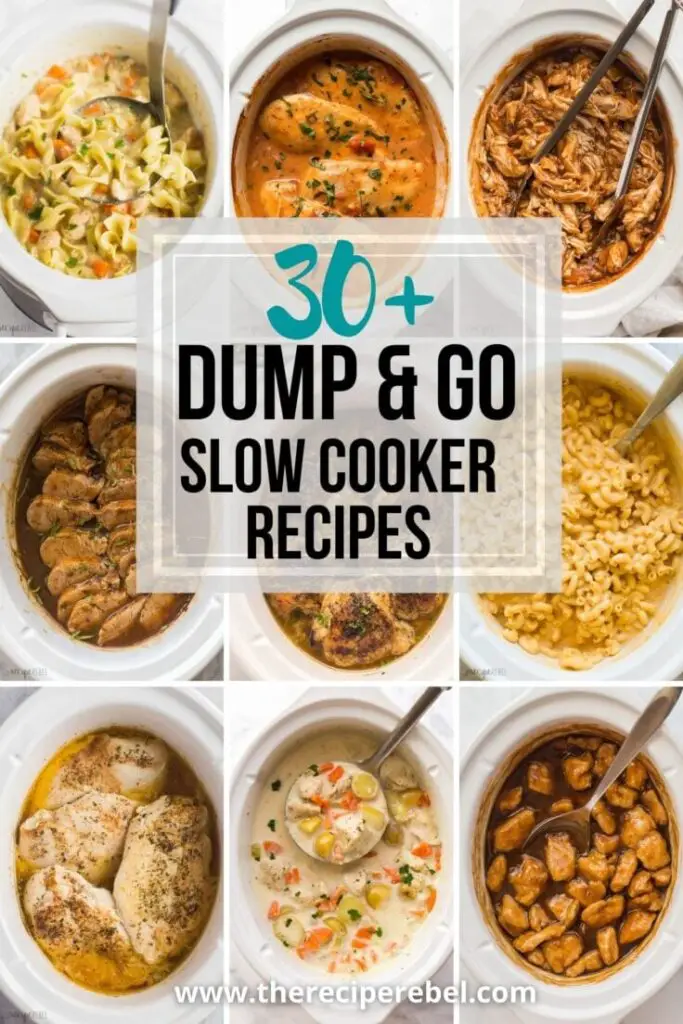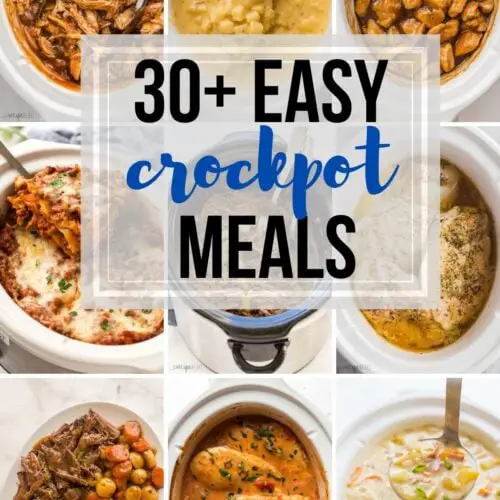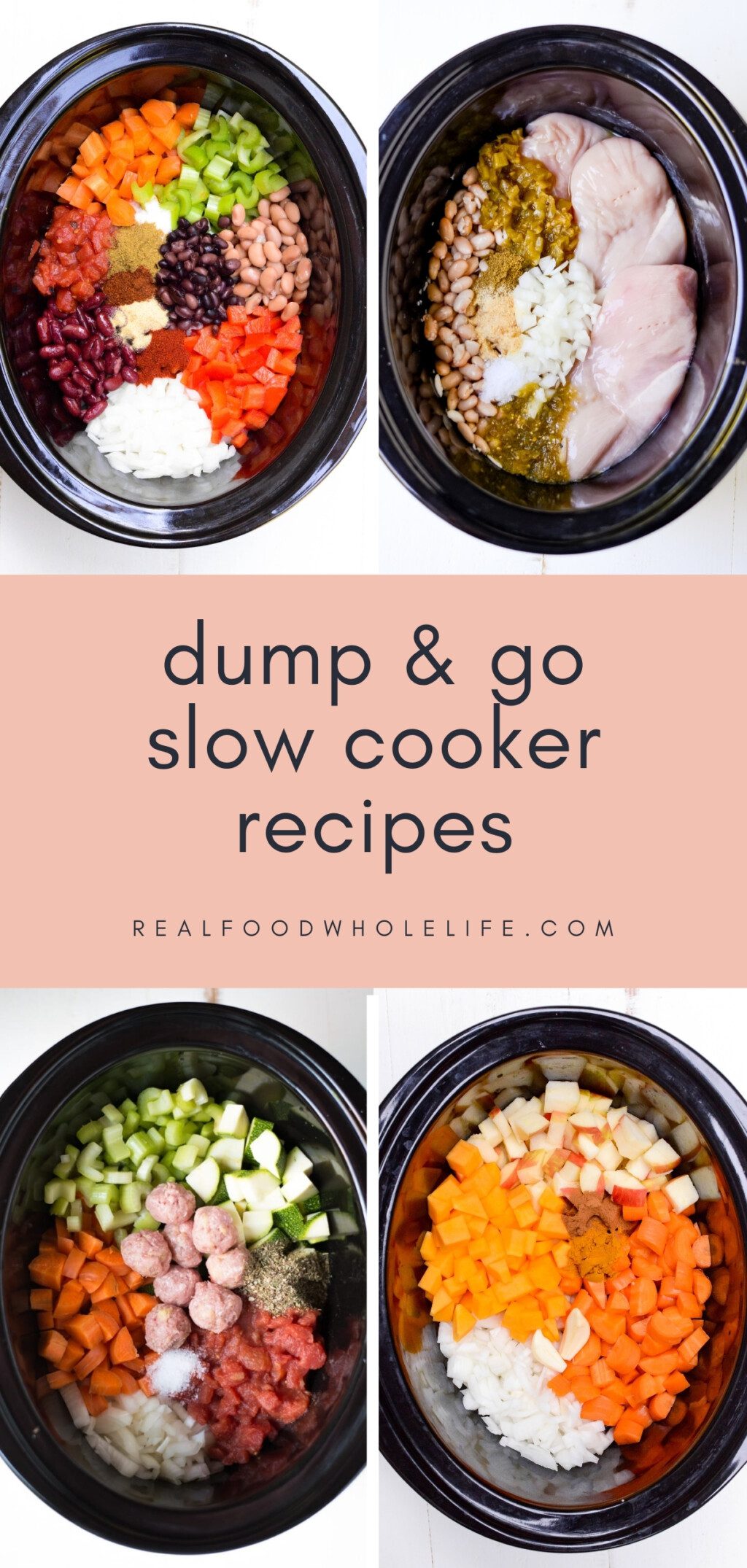Are you tired of spending hours slaving away in the kitchen, only to have your meals turn out lackluster? Look no further than the secret weapon of every culinary enthusiast: slow cooking. Whether you’re a busy professional or just want to simplify your cooking routine, slow cooking is the answer you’ve been searching for. Not only does it produce mouthwatering, succulent dishes, but it’s also an economical and efficient cooking method. In this article, we explore the art of slow cooking and how it can revolutionize your meals. Get ready to tantalize your taste buds and impress your loved ones with the delicious results of slow cooking.

Benefits of Slow Cooking
Delicious Meals
One of the major benefits of slow cooking is that it results in delicious meals that are bursting with flavor. The slow cooking process allows the flavors of the ingredients to meld together and develop over time. Whether you’re cooking a savory beef stew, a tender pot roast, or a luscious chicken curry, the long cooking time ensures that every bite is filled with mouthwatering goodness. The low and slow heat of a slow cooker tenderizes tough cuts of meat, infusing them with incredible tenderness and flavor. With slow cooking, your taste buds are in for a treat!
Economic Advantage
Slow cooking is not only a culinary delight, but it also offers a significant economic advantage. When you cook with a slow cooker, you can utilize cheaper cuts of meat that are typically tougher and require long, slow cooking to become tender. These less expensive cuts, such as chuck roast or pork shoulder, are not only budget-friendly but also incredibly flavorful. By making use of slow cooking techniques, you can transform these economical cuts into delicious meals that rival those made with more expensive ingredients. Slow cooking allows you to create hearty and satisfying dishes without breaking the bank.
Efficiency
In today’s fast-paced world, efficiency is key. Slow cooking offers a convenient and time-saving cooking method that allows you to effortlessly prepare meals while tending to other responsibilities. Once you’ve prepared your ingredients and set them in the slow cooker, you can simply let it do its magic while you go about your day. Unlike traditional cooking methods that require constant monitoring and stirring, slow cooking requires minimal attention. The ability to set it and forget it frees up valuable time, making slow cooking a perfect option for busy individuals and families. Plus, with its energy-efficient design, slow cookers use minimal electricity, further adding to its efficiency.
Choosing the Right Slow Cooker
Size and Capacity
When it comes to choosing the right slow cooker, size matters. Consider the needs of your household and the quantities of food you typically cook. A 4-quart slow cooker is suitable for small families or individuals, while a larger 6- to 8-quart slow cooker is better suited for larger families or entertaining guests. Additionally, you’ll want to ensure that the slow cooker fits comfortably on your kitchen countertop and has enough space to accommodate the ingredients you typically cook. Taking into account the size and capacity of your slow cooker will help ensure that you have the right appliance to meet your cooking needs.
Programmable vs. Manual
While both programmable and manual slow cookers have their advantages, the choice ultimately depends on your personal preferences and lifestyle. Programmable slow cookers offer the convenience of being able to set the cooking time and temperature in advance. This is especially handy if you’re away from home for an extended period or simply want to have dinner ready when you come home from work. On the other hand, manual slow cookers provide more control over the cooking process, allowing you to adjust the heat settings as needed. Consider your cooking style and the level of convenience you desire when deciding between a programmable or manual slow cooker.
Cooking Functions
Some slow cookers come with additional cooking functions that can enhance your culinary experience. These functions may include features like searing, sautéing, or even baking. While these additional functions can be useful, they may not be necessary for everyone. Think about the types of meals you typically cook and whether these additional functions would be beneficial. If you often prepare recipes that require browning or searing ingredients before slow cooking, then a slow cooker with these features could be a great addition to your kitchen arsenal. However, if you primarily use your slow cooker for simple, one-pot meals, these extra functions may not be essential.

Preparing Ingredients for Slow Cooking
Choosing the Right Cuts of Meat
When it comes to slow cooking, choosing the right cuts of meat is essential for achieving tender and flavorful results. Tough, inexpensive cuts of meat that contain a good amount of collagen work best in slow cookers. These cuts include beef chuck, pork shoulder, lamb shanks, and chicken thighs. The long, slow cooking process breaks down the connective tissues in these cuts, resulting in succulent and tender meat. Opting for these cuts not only produces delicious meals but also saves you money. When selecting your meat, look for well-marbled pieces with a good amount of fat, as they will impart more flavor and tenderness to your slow-cooked dishes.
Vegetable and Herb Selection
In addition to selecting the right cuts of meat, choosing the right vegetables and herbs is crucial for adding depth and complexity to your slow-cooked meals. Root vegetables such as potatoes, carrots, and parsnips hold up well during the long cooking process and add a comforting, earthy flavor to dishes. Onions, garlic, and bell peppers are staple ingredients that bring aroma and flavor to any slow-cooked recipe. When it comes to herbs, hearty varieties like rosemary, thyme, and bay leaves can withstand the extended cooking time and release their aromatic oils, enhancing the taste of your dishes. Don’t be afraid to experiment with different combinations of vegetables and herbs to create unique and flavorful slow-cooked meals.
Proper Marination
Marinating your ingredients before slow cooking can take your dishes to a whole new level of flavor. Marinating allows the flavors to penetrate the meat or vegetables, resulting in a more intense and well-rounded taste. For meats, consider using a combination of acidic ingredients like vinegar or citrus juice, along with flavorful herbs and spices. This not only adds flavor but also helps to break down the proteins, making the meat more tender. Vegetables can benefit from a simple marinade of olive oil, herbs, and spices to enhance their natural flavors. Remember to marinate the ingredients in the refrigerator for an appropriate amount of time to ensure proper food safety.


